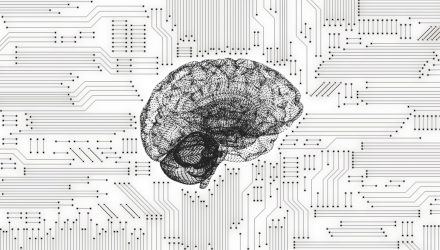During an extended vacation, I was amused to watch so many of my family and friends, none of whom work in the data management field, integrate data into more of their daily lives. I watched my brother and father install a Wi-Fi-enabled thermostat in my parents’ house.
My aunt and uncle showed me dashboard reports on their smartphone from the Bluetooth-enabled device they installed in my cousin’s college car to track his vehicle’s maintenance, travel history and provide emergency roadside assistance.
My friend’s eight-year-old daughter happily narrated the GPS navigation directions to a Christmas-themed outdoor festival while also accurately explaining how the satellites and her mobile device stayed in sync with the car’s constantly changing position.
Meanwhile her father was in the backseat with me periodically checking the package delivery status of a few last-minute presents. Another cousin and her group of friends explained to me how they used social media and other online resources to investigate a suspected catfisher they encountered using a popular mobile dating app.
Data, clearly, is changing the way my family and friends work and live.
Related: Digital Data Threads it All Together
Streaming data calls for nontraditional analytics
Similar to the way data has changed our day-to-day lives, streaming data has changed analytics in several different ways. For one thing, streaming has introduced a lot of new sources mostly external to the enterprise, including data flowing from sensors, RFID tags, smart meters, live social media, mobile devices and other internet-connected objects. Another important change, quite different from traditional analytics, is that streaming data often has to be analyzed before it’s stored – and in some cases it’s never stored.
In streaming analytics, more often it’s the data models and analytical algorithms that are stored, and streaming data is continuously queried as it passes through them.
